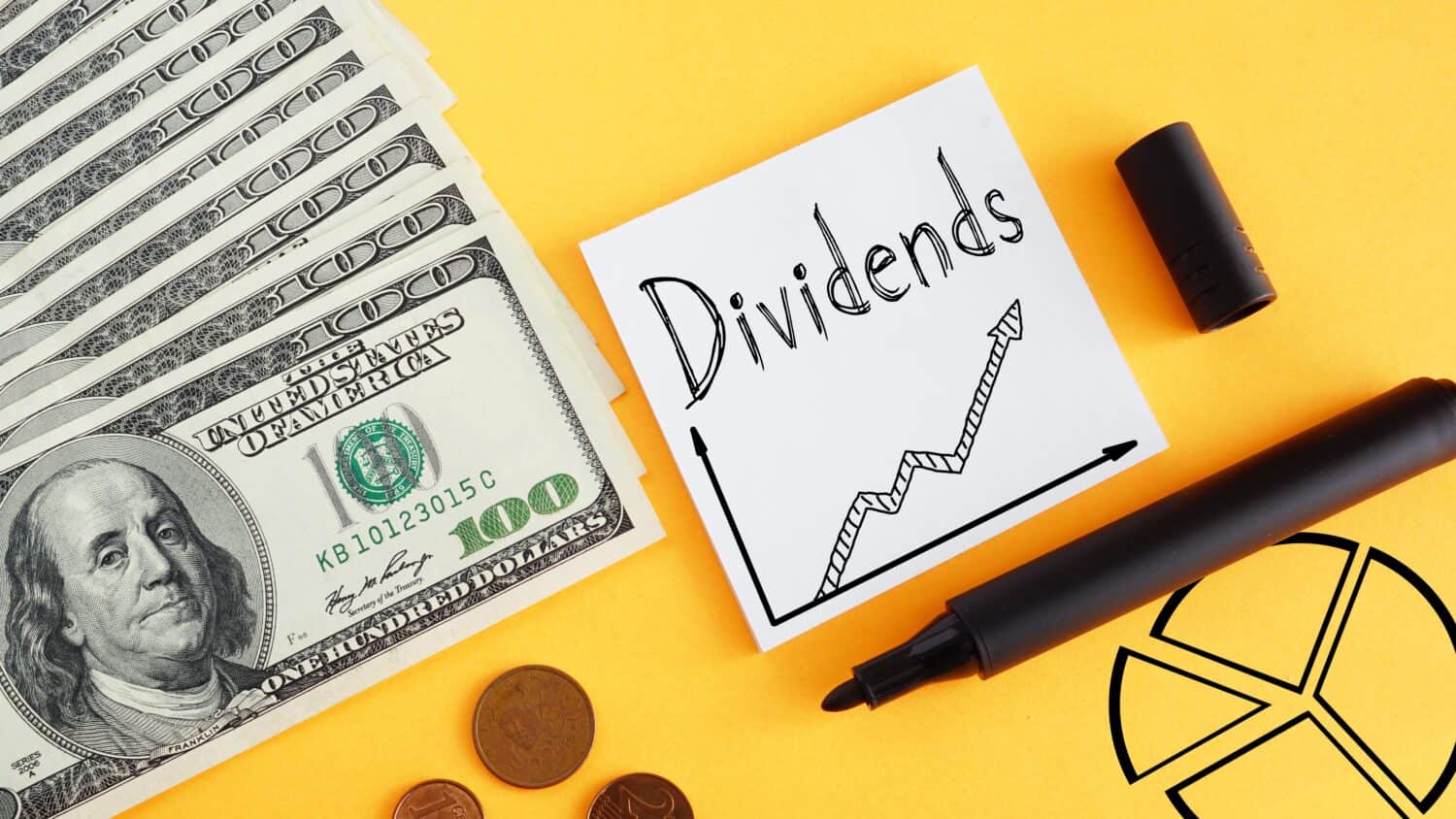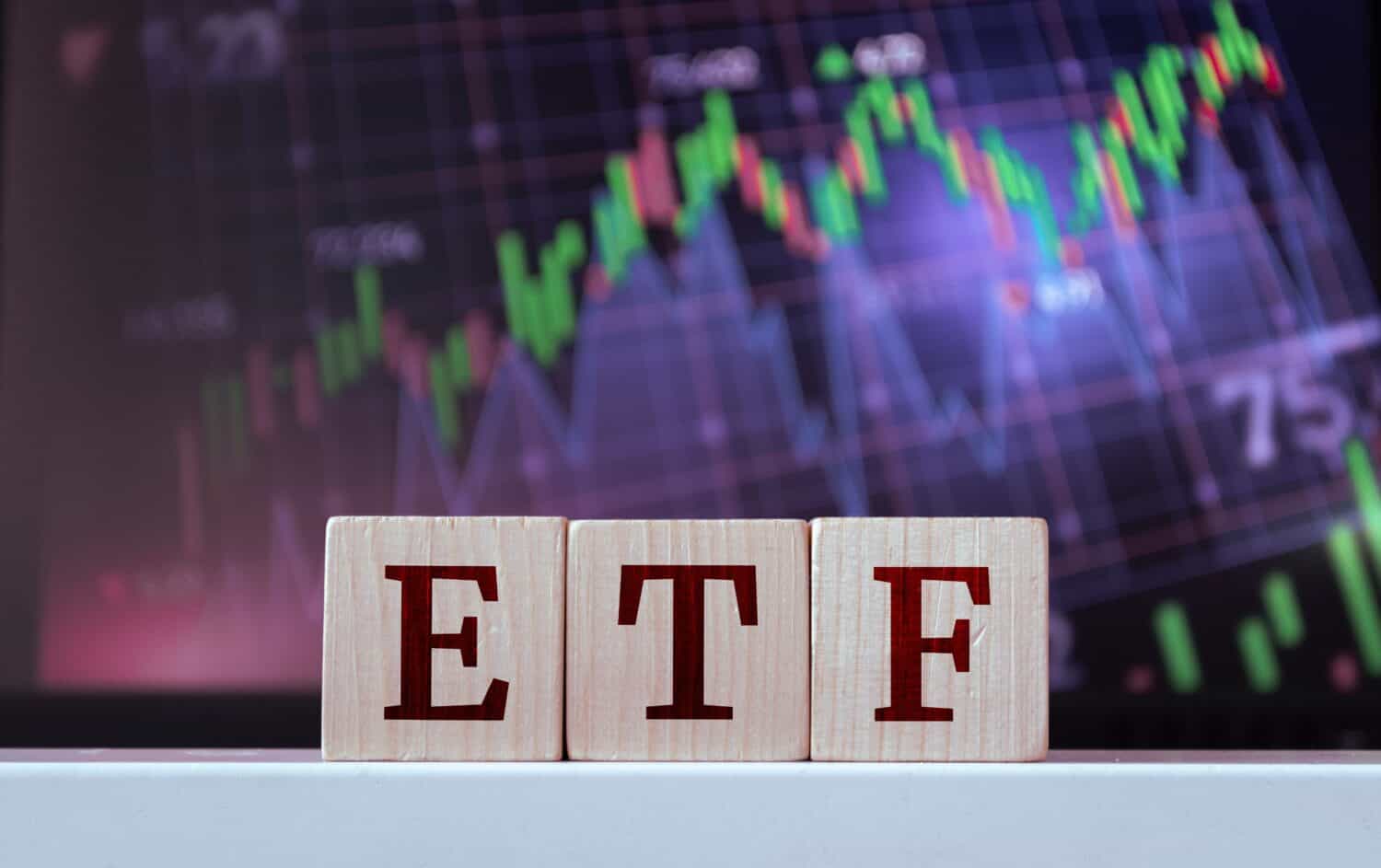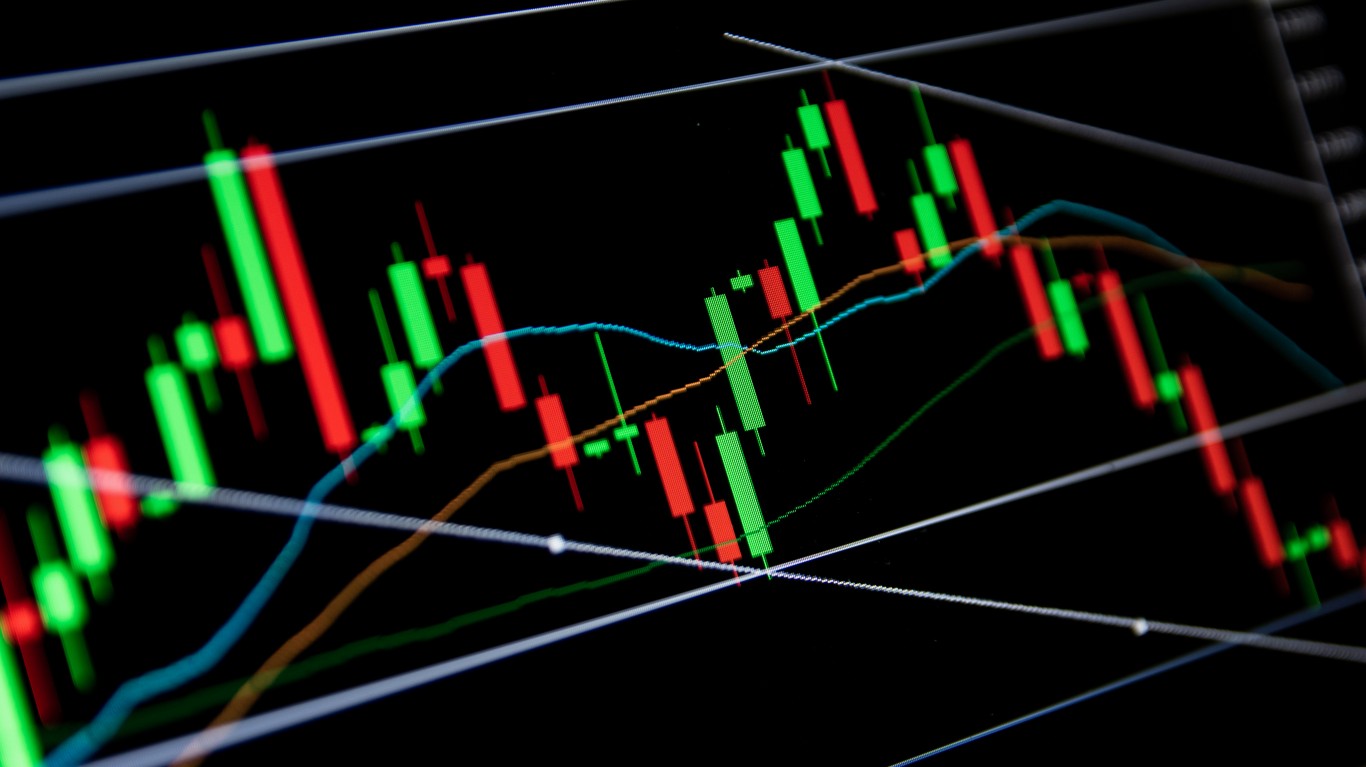Investing
2 High-Yield Dividend ETFs Passive Income Lovers Should Buy Now

Published:

When it comes to producing high-yield dividend income, investors often look into traditional value stocks that fall into one of two categories: Dividend Aristocrats and Dividend Kings. Historically, these have been sound investments regardless of market cycles or macroeconomic factors.
But the growing popularity of exchange-traded funds, or ETFs, over the past two decades has resulted in an expansive list of viable alternatives for investors focused on producing significant and reliable passive income via the market. Whether those ETFs are actively or passively managed, a number of them are able to provide better yield, broader exposure, and relative safety through diversification when compared with their Dividend Aristocrat or Dividend King stock counterparts.
In fact, according to Kiplinger, the recent surge in ETF offerings has resulted in those funds now overseeing more than $8 trillion in assets under management (AUM).
And with over 3,100 ETFs offered in the U.S. alone, many funds have emerged that offer yield-hungry investors a dividend-paying alternative to individual legacy stocks. Two in particular have caught the eye of such investors, the actively managed JPMorgan Equity Premium Income ETF (NYSE: JEPI) and the passively managed Schwab US Dividend Equity ETF (NYSE: SCHD).

JEPI and SCHD both aim to give income investors access to reliable yield, with the former ETF making monthly distributions to shareholders and the latter making quarterly ones. As an actively managed fund, JEPI uses a covered call strategy on its holdings to generate a healthy payout. According to JPMorgan’s website, the fund has “provided an attractive 12-month rolling dividend yield of 7.55% and 30-day SEC yield of 6.88%.” Both of those figures have outperformed yields from other asset classes, like global real estate investment trusts (4.40%), the U.S. 10-year bond (4.40%), and broad U.S. equities (1.3%).
SCHD, meanwhile, aims to track as closely as possible “the total return of the Dow Jones U.S. Dividend 100 Index. As a passively managed fund, its strategy is fairly straightforward: The ETF invests in stocks that are chosen based on their fundamental strength relative to their peers, and which pay healthy dividend yields to shareholders. SCHD has a trailing 12 month distribution yield 3.34%, with a 30-day SEC yield of 3.63%.
JEPI is an income-focused ETF offered by JPMorgan Chase & Co. The fund’s inception was on May 20, 2020, and over the past four years, it has produced admirable passive income for investors based on its holdings and covered call strategy, growing its AUM during that period to around $36 billion. Given that JEPI employs an options strategy to boost its distributions, it falls into the derivative income category, for which Morningstar rates it four stars out of a possible five among 74 similar funds in that grouping as of May 31, 2024.
The ETF’s holdings are U.S. large cap stocks, providing shareholders with a portfolio of well-diversified companies that experience low volatility. As a result, not only does JEPI have a substantial monthly dividend yield, but it is able to replicate a large portion of the returns of the S&P 500 index.
JEPI’s top 10 holdings include:

SCHD is also an income-focused ETF, though its track record is almost a decade longer than JEPI’s. Offered by Charles Schwab, the fund’s inception was on Oct. 20, 2011, and over the past 13 years, its seen its AUM grow to $62 billion. The fund also receives a four-star rating from Morningstar in the large value category.
Similar to JEPI, SCHD’s holdings are U.S. large cap stocks, providing shareholders with a portfolio of well-diversified companies that experience low volatility. However, unlike JEPI, SCHD is passively managed and does not lean on a derivatives strategy to boost its quarterly dividend distributions. Instead, by attempting to mirror the Dow Jones U.S. Dividend 100 Index, its holdings focus on value stocks in inelastic market sectors who have demonstrated histories of dividend growth — some of which are members of the aforementioned exclusive Dividend Aristocrats and Dividend Kings groups.
SCHD’s top 10 holdings by weighting include:

Expense ratios — or the fees for operating, administering and marketing an ETF — can vary depending on numerous factors. Actively managed ETFs generally have higher expense ratios ranging on average from .05% to 1%, while passively managed ETFs that mirror underlying benchmark indices carry lower fees, with expense ratios ranging on average from 0.05% to 0.3%.
That’s the case for JEPI and SCHD. JEPI, with its actively managed portfolio and options-based strategy currently shows an expense ratio of 0.35%, meaning for every $100 invested, the shareholder will pay 35 cents annually. SCHD, on the other hand, is passively managed and comes in at a significantly lower expense ratio of 0.06%, meaning for every $100 invested, the shareholder will pay 6 cents annually.
As a general rule of thumb, investors should be wary of expense ratios in excess of 1% as they can erode overall returns over time.

Both funds focus on income generation, but that hasn’t stopped them from seeing share appreciation over the years. Through the first half of this year, both ETFs have posted slight gains, with JEPI up 13.5% year-to-date (YTD) and SCHD up 14% YTD.
Looking farther back, SCHD is up 24% over the past year, 13% annualized over the past five and 13.3 annualized% since its debut in October 2011. JEPI is up 20% over the past year and 13.3% annualized over the past five dating back to its inception.
However, because of their holdings and strategies, the two ETFs both performed admirably during 2022’s bear market, even outperforming the market when JEPI managed to fall by only 12.90% while SCHD dropped 7.48%. For context, that year the S&P 500 saw losses amounting to 17.79%, the Nasdaq Composite dropped 29.92% and the Nasdaq 100 — which tracks the 100 largest non-financial companies listed on the Nasdaq — fell by 29.84%.

Currently trading at $59.15 per share, 120 Wall Street analysts give JEPI an average one-year price target of $63.61 per share, with a high-end target of $72.75 and a low-end target of $53.19. Given its current share price, the average price target represents a potential 7% gain for investors from today’s price.
Based on 101 analysts’ consensus, the average one-year price target for SCHD is $88.87 per share, with a high-end target of $104 and a low-end target of $74. At the time of writing, shares of SCHD are trading for $84.65, meaning the average price target represents 5% potential upside.
For investors focused on generating passive income, high-yield dividend ETFs like JEPI and SCHD provide substantial, market-beating distributions while also offering portfolio exposure to broad sectors of the market. During economic downturns, both funds have proven that they are capable of beating the market, and their respective operating expenses ensure that fees will not substantially eat away at returns.
While SCHD historically provides slightly more share appreciation, JEPI’s monthly yield is noteworthy and exceeds most dividend-paying stocks’ distributions. However, either ETF would make a sound addition to a portfolio that aims to produce income via holdings that are capable of weathering the next correction or full-on bear market.
Want retirement to come a few years earlier than you’d planned? Or are you ready to retire now, but want an extra set of eyes on your finances?
Now you can speak with up to 3 financial experts in your area for FREE. By simply clicking here you can begin to match with financial professionals who can help you build your plan to retire early. And the best part? The first conversation with them is free.
Click here to match with up to 3 financial pros who would be excited to help you make financial decisions.
Thank you for reading! Have some feedback for us?
Contact the 24/7 Wall St. editorial team.